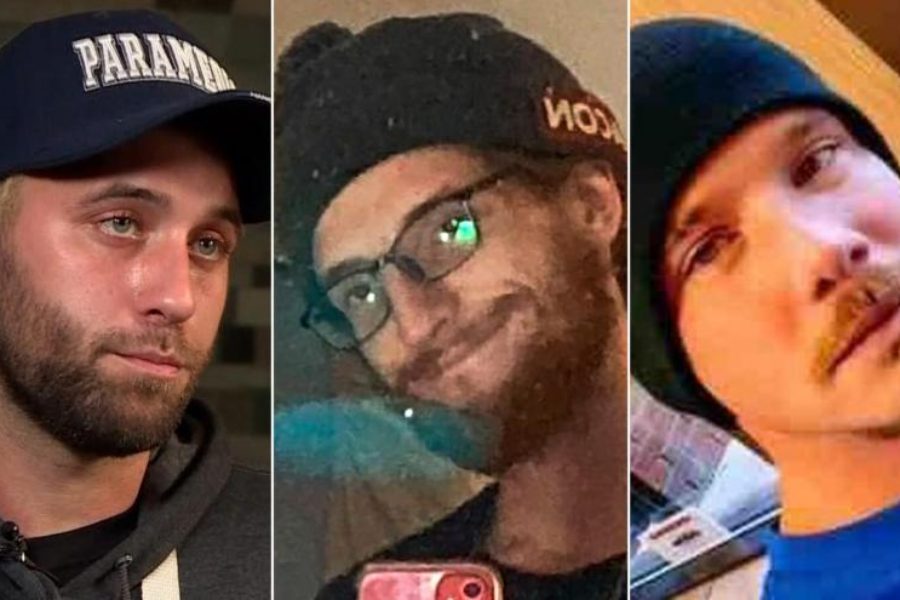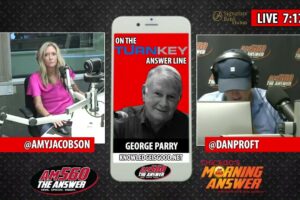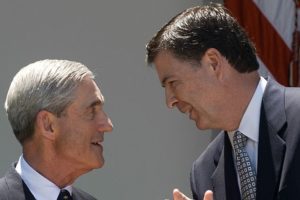Pictured above, left to right, are Gaige Grosskreutz, Anthony Huber, and Joseph Rosenbaum. They are the individuals who were shot by Kyle Rittenhouse.
During the civil unrest surrounding the Vietnam War, my wife’s uncle, a very smart and insightful physician, observed that many of the angry and violent protesters opposed to the military and America’s involvement in that conflict appeared to be unstable and emotionally disturbed. In his estimation, these young people were drawn to the antiwar left in large part by their need to belong to a movement that gave meaning to their dysfunctional lives and afforded them a sense of purpose and belonging.
Last week, I reflected on that wise man’s words as I read Daniel Flynn’s brilliant piece in The American Spectator regarding the damaged backgrounds and motivations of the young men who tried to kill Kyle Rittenhouse.
With the gracious permission of the Spectator, here’s Dan’s insightful article.
Three Kenosha Characters in Search of an Exit – The American Spectator | USA News and Politics

Eric Hoffer got a bead on the various players involved in the Kenosha case 70 years before it came to trial.
“There is in us a tendency to locate the shaping forces of our existence outside of ourselves,” he wrote in 1951’s The True Believer: Thoughts on the Nature of Mass Movements. “Success and failure are unavoidably related in our minds with the state of things around us. Hence it is that people with a sense of fulfillment think it is a good world and would like to conserve it as it is, while the frustrated favor radical change.… It is understandable that those who fail should incline to blame the world for their failures.”
Though a jury of 12 spent the week engaging in presumably spirited debate about whether to judge Kyle Rittenhouse a murderer, a subdued consensus emerges among the rest of us about the word that best describes the three men he shot: losers.
“Joseph Rosenbaum — depressed, homeless, and alone — didn’t belong to either side,” the Washington Post noted of the short man recorded pushing a burning dumpster toward a gas station and exhibiting a fondness for the n-word, the f-word, and other words known in polite company by their initial letter. “He had spent most of his adult life in prison for sexual conduct with children when he was 18 and struggled with bipolar disorder. That day, Aug. 25, Rosenbaum was discharged from a Milwaukee hospital following his second suicide attempt in as many months and dumped on the streets of Kenosha.” His father met him twice, a stepfather allegedly molested him daily, and his mother ceded him to a group home after a two-year prison sentence.
Where else can a homeless child molester off his meds and fresh from the nuthouse become a leader of men save for in the mix of a ginned-up rabble?
The Washington Post pointed out Anthony Huber’s “depressing and, according to court documents, violent adolescence.” The man who hit Rittenhouse over the head with a skateboard grew up in a hoarder house containing “layers of garbage and cat feces.” The newspaper further explained that he suffered through a heroin addiction that he kept in check by self-medicating with DMT, endured stints in prison for numerous acts of violence against members of his family, and struggled, according to his girlfriend, “finding a job that doesn’t make you want to f—ing kill yourself every day.”
When a Kenosha policeman arrested Gaige Grosskreutz, an activist for the group Peoples Revolution, about a week before Rittenhouse shot him for pointing a loaded pistol at him, cops already possessed a great familiarity with the twentysomething. Atop arrests for drunk driving, domestic abuse, use of a firearm while intoxicated, and numerous other offenses, he was cuffed for prowling in the parking lot used by Kenosha cops for their private vehicles.
“Gaige had no reasons to be there and had no vehicle in the lot,” the police report, obtained by Wisconsin Right Now, notes. “He was previously detained for prowling in the same area and released. Gaige appeared to be video taping personal vehicles in the rear police parking lot. Gaige made clear his anti law enforcement views. Gaige was arrested for prowling, booked, cited and released.”
Whereas he crumpled up his citation and threw it in the trash upon his prowling arrest, he asked the cops phoning him about a threat (“You stay at those apartments on [redacted], right?”) that he allegedly made to a police supporter on Facebook: “What the f— do you want?”
Rosenbaum, Huber, and Grosskreutz needed to change their lives. Instead, they converged on the streets of Kenosha on August 25, 2020, to forcefully argue that the problem resided not within themselves but with society.
Their bad choices led to their bad choices that night. And given that they chose interaction with Rittenhouse rather than the reverse, one guesses that on some level they provide an accurate sampling of the people “protesting” in Kenosha (and elsewhere in 2020) by destroying businesses and statues and glass and people and much else. Troubled people created more trouble in 2020. They did not aim to make the world a better place but instead sought catharsis for disturbances within. Disordered souls hate order.
Though they varied in degree of political involvement: Rosenbaum (almost none), Huber (barely), Grosskreutz (heavily), they all resembled the archetypical true believer depicted by Eric Hoffer seven decades ago: men who looked to erase their failures by erasing themselves in a movement (called “an opiate for the frustrated” by the longshoreman philosopher) larger than themselves.
“The permanent misfits can find salvation only in a complete separation from the self,” Hoffer wrote, “and they usually find it by losing themselves in the compact collectivity of a mass movement.”
This, of course, represents a kind of suicide. So, too, does instigating a fight against a man armed with an AR-15 with a skateboard.




Leave a Reply
Leave a reply.